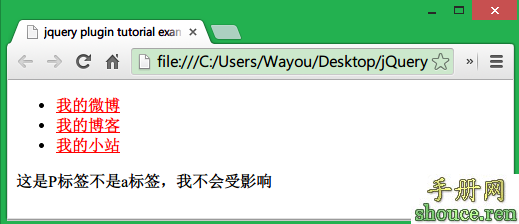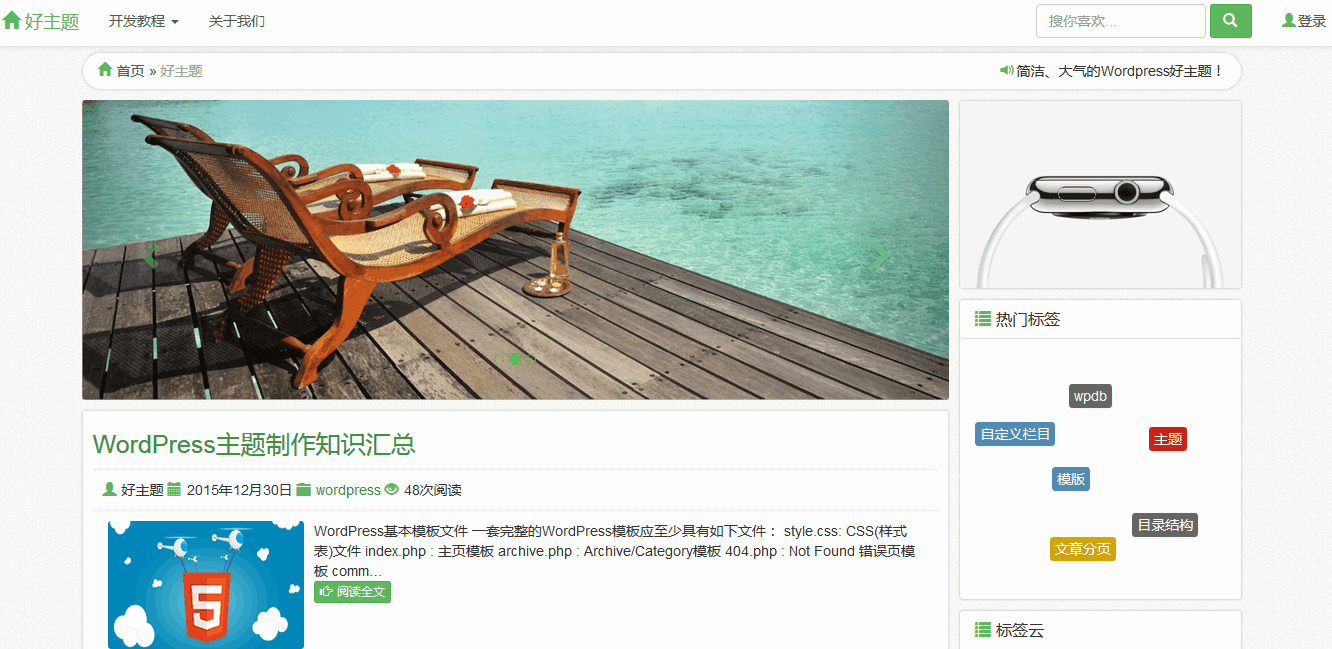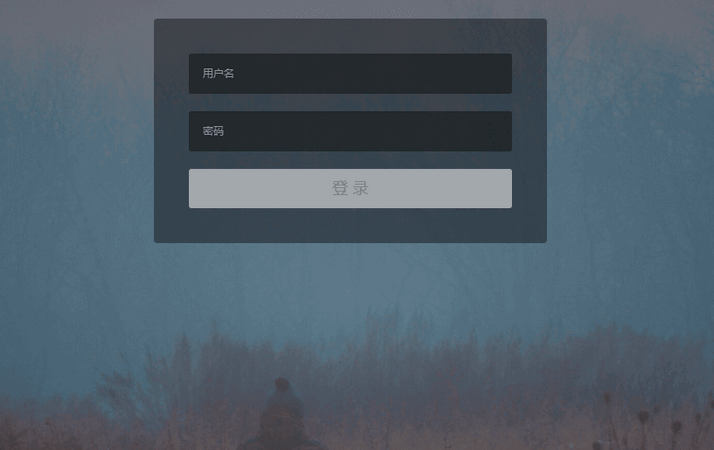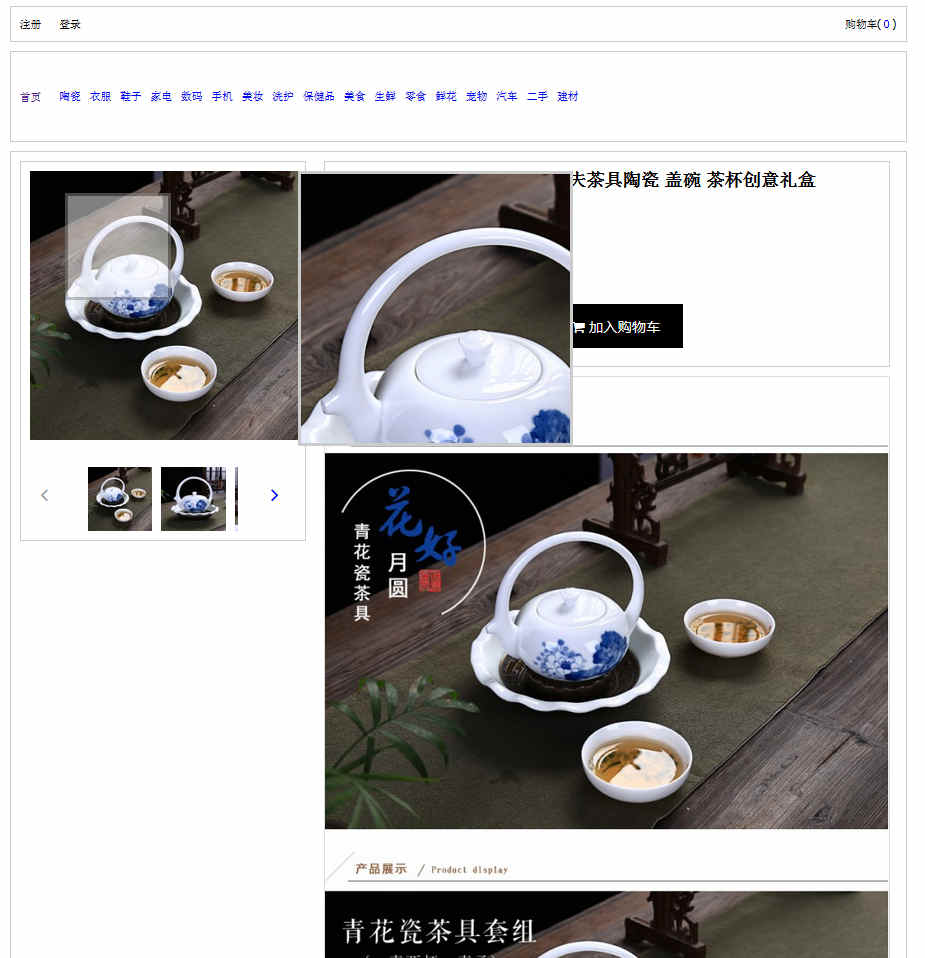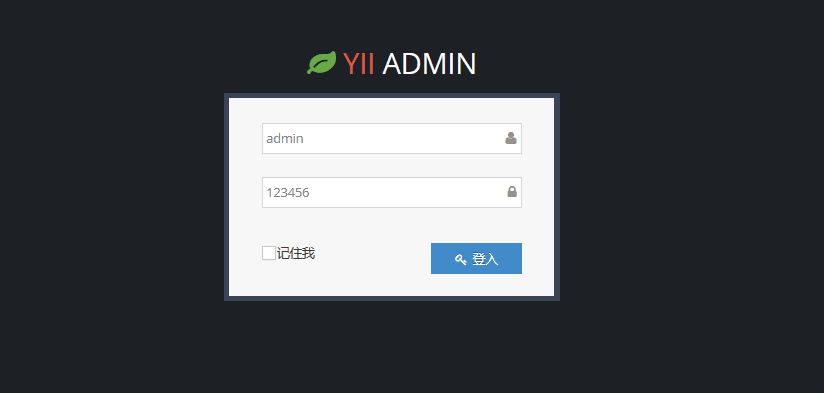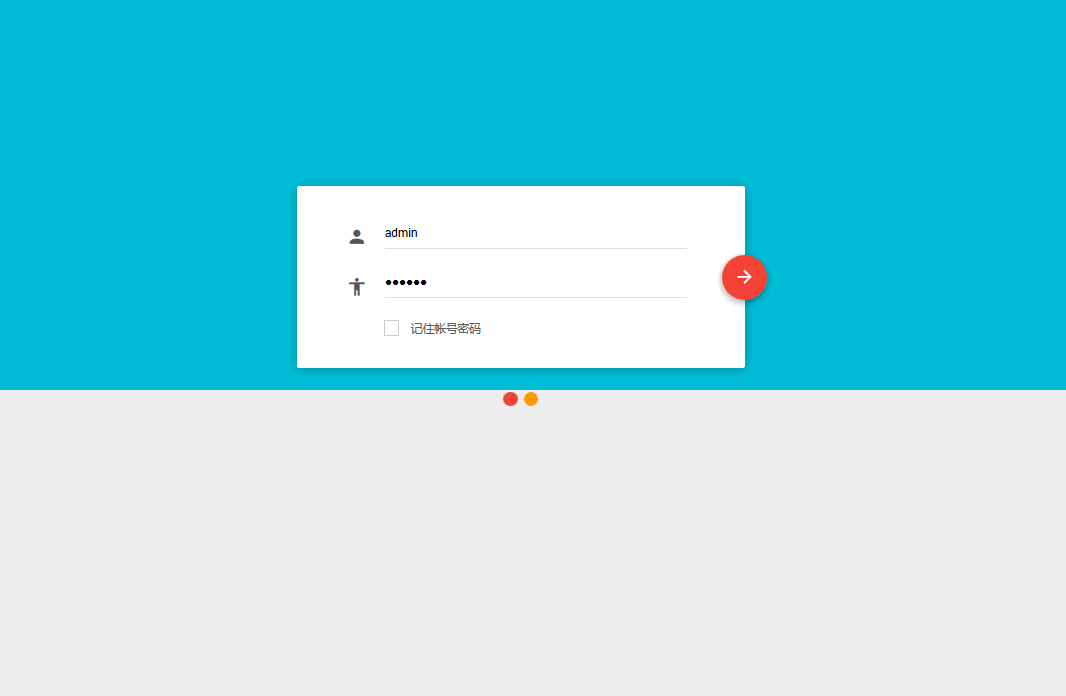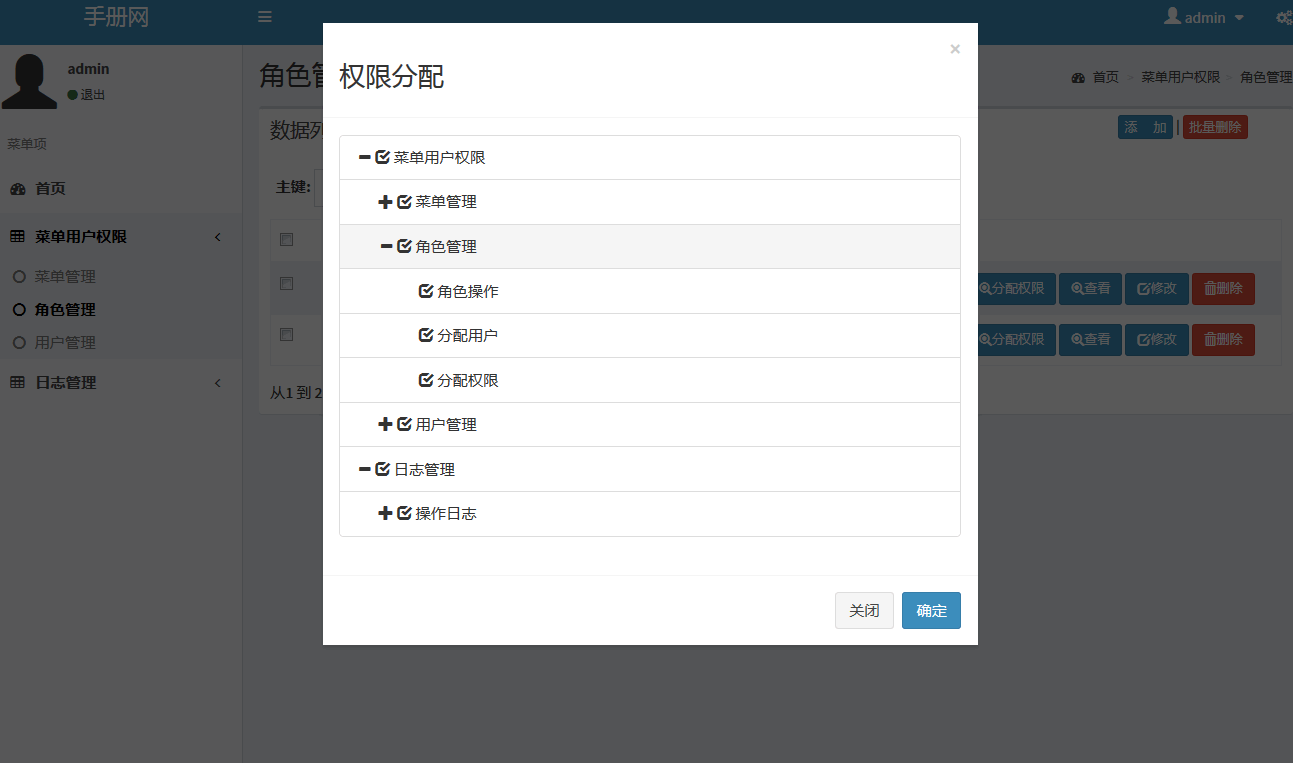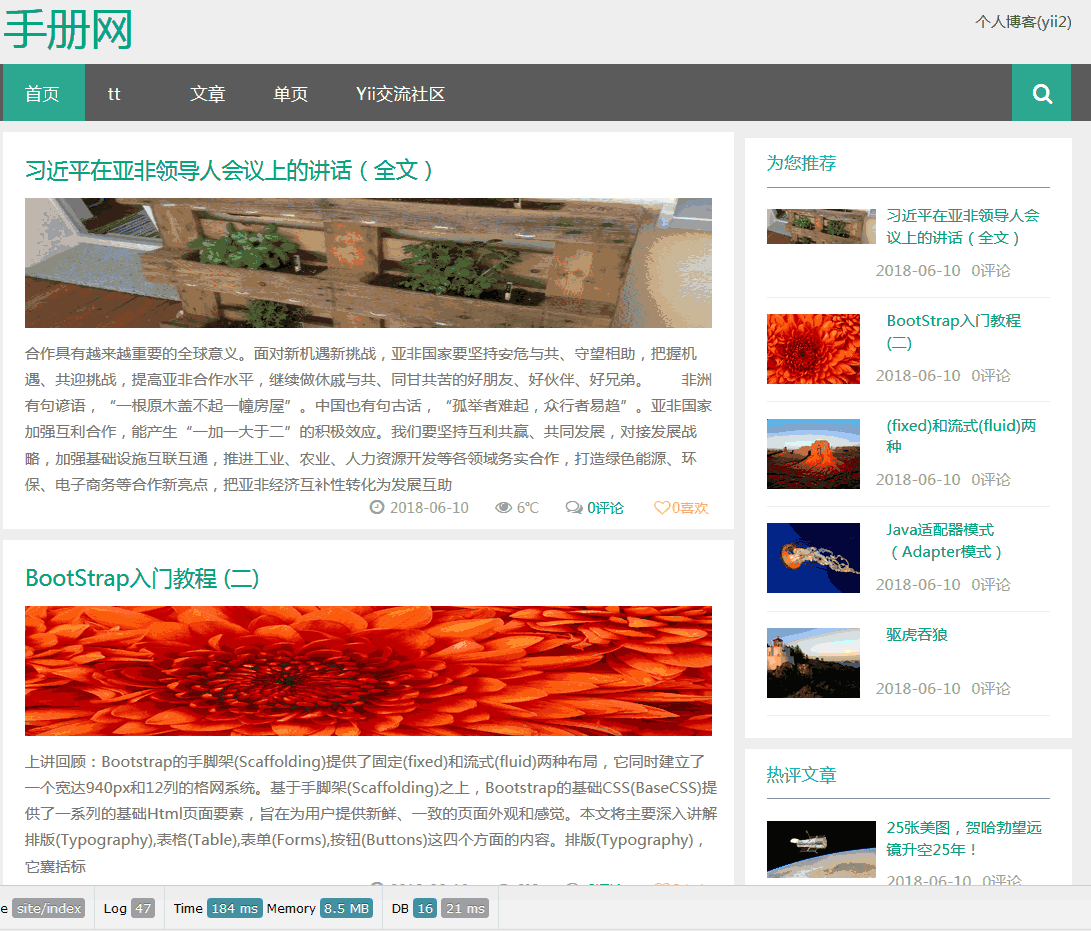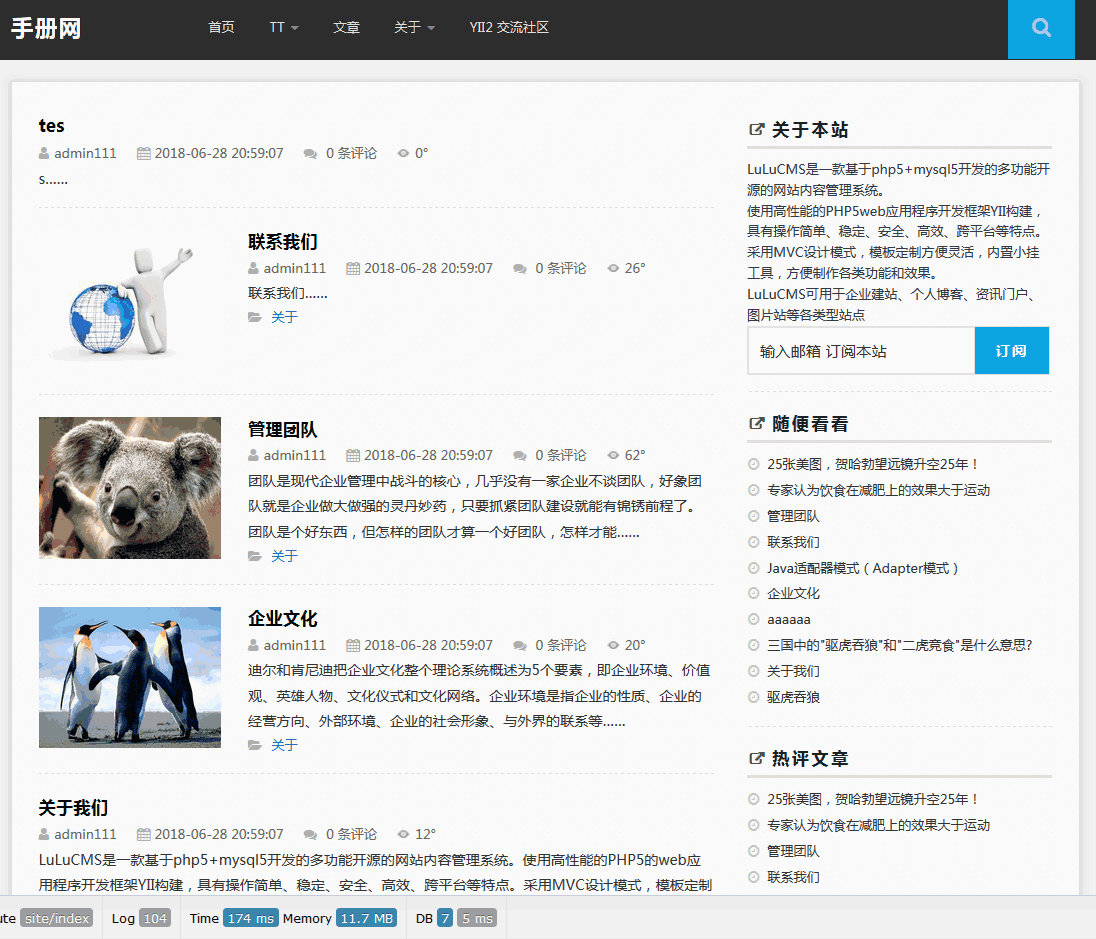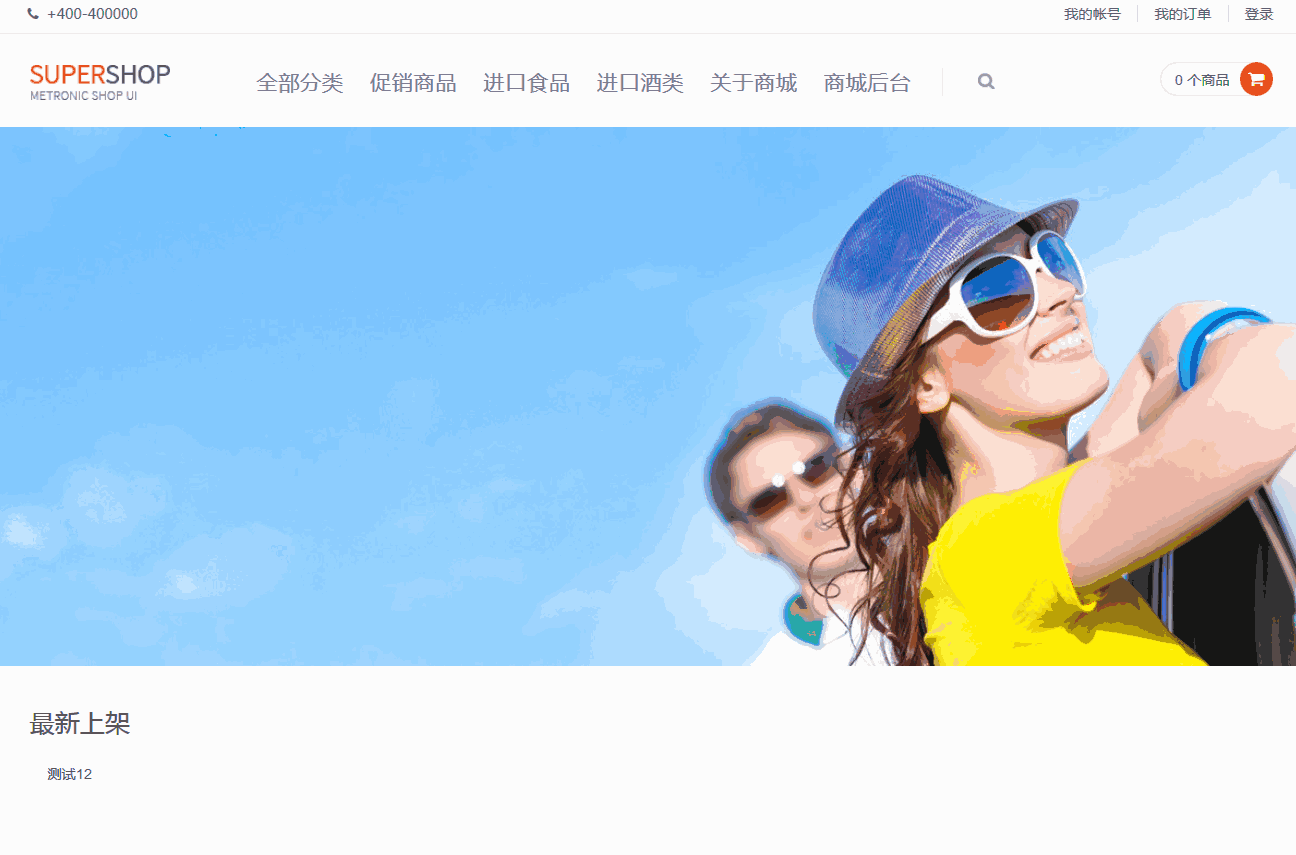简单的ajax封装
jerry thinkphp 2015年11月18日
收藏
简单的原生javascript ajax情趣方法
我怎么总是上床不了附件。。。
是不是有时候只想简单的利用一下ajax功能,而不像引入jquery呢,这时候这个东西可以帮你
这个是简单版本 没有加入时间超时限制,用法和jquery的get post 相似
供大家参考
我怎么总是上床不了附件。。。
是不是有时候只想简单的利用一下ajax功能,而不像引入jquery呢,这时候这个东西可以帮你
这个是简单版本 没有加入时间超时限制,用法和jquery的get post 相似
供大家参考
/*** 简单的ajax封装方法 默认返回 html* @Author yulipu* @version 1.0** @param receiveType 返回数据类型* 参数取值 html xml json* 用法* function demo() {* var xmlhttp = new simpleYAjax('html'); //不填参数默认就是html* xmlhttp.post('ajax.php', 'name=张三', function(s) {* document.getElementById('conDiv').innerHTML = s;* });** var xmlhttp = new simpleYAjax('json'); //不填参数默认就是html* xmlhttp.get('ajax.php?param=1', function(json) {* alert(json.xxx);* });* }**/function simpleYAjax(receiveType) {var self = this;//一个变量定义了但没赋值则值为undefined//typeof 后面若是一个没有定义过的变量则值为 undefined 若是定义过但没赋值的变量 值也是undefinedthis.receiveType = (undefined == receiveType ? 'html' : receiveType);this.callBack = null; //回调函数this.xmlhttp = this.init(); //xmlHttpRequest对象//把服务器返回数据传给回调函数this.processCallBack = function() {if(self.xmlhttp.readyState == 4) {if(200 == self.xmlhttp.status || 0 == self.xmlhttp.status) { // 0是没经过服务器if(self.receiveType == 'html') {self.callBack(self.xmlhttp.responseText); //调用回调函数} else if(self.receiveType == 'xml') {self.callBack(self.xmlhttp.responseXML);} else if(self.receiveType == 'json') {try {self.callBack(JSON.parse(self.xmlhttp.responseText));} catch(e) {var str = '(' + self.xmlhttp.responseText + ')'; //json字符串self.callBack(eval(str));}} else {//others}}}};}/*** 初始化xmlHttpRequest对象*/simpleYajax.prototype.init = function() {var xmlhttp = null;//需要针对不同轮浏览器建立这个对象的不同方式写不同代码if (window.XMLHttpRequest) {//针对FireFox、Mozillar、Opera、Safari、IE7、IE8xmlhttp = new XMLHttpRequest();//针对某些特定版本的Mozillar浏览器的BUG进行修正if (xmlhttp.overrideMimeType) {xmlhttp.overrideMimeType("text/xml");}} else if (window.ActiveXObject) {//针对IE6、IE5.5、IE5//IE中创建XMLHttpRequest对象要用到对象的控件名,例如://var xmlhttp = new ActiveXObject("控件名");//可用的控件名有:MSXML2.XMLHTTP, Microsoft.XMLHTTP//我们用一个for循环来让他自己判断用哪个控件名可以创建出XMLHttpRequest对象var activexName = ['MSXML2.XMLHTTP', 'Microsoft.XMLHTTP'];for (var i=0; i<activexName.length; i++) {try {//取出一个控件名进行创建,如果成功就结束循环//如果创建失败就抛出异常,不做处理,让他继循环尝试创建xmlhttp = new ActiveXObject(activexName[i]);break;} catch(e) {}}}return xmlhttp;};/*** post方式发送请求* @param targetUrl 服务端地址* @data 发送的数据* @callBack 回调函数 回调函数接收一个参数,就是服务器端返回的结果*/simpleYajax.prototype.post = function(targetUrl, data, callBack) {if(callBack) { //typeof 后面是函数 则 结果是'function'this.callBack = callBack;this.xmlhttp.onreadystatechange = this.processCallBack;this.xmlhttp.open('POST', targetUrl, true); //打开与服务器连接this.xmlhttp.setRequestHeader('Content-Type', 'application/x-www-form-urlencoded'); //post方式要设置请求类型this.xmlhttp.send(data); //发送内容到服务器}};/*** get方式发送请求* @param targetUrl 服务端地址* @callBack 回调函数 回调函数接收一个参数,就是服务器端返回的结果*/simpleYajax.prototype.get = function(targetUrl, callBack) {if(callBack) {this.callBack = callBack;this.xmlhttp.onreadystatechange = this.processCallBack; //注册回调函数 processCallBack把内容处理后回传给callBack//if(window.XMLHttpRequest) {this.xmlhttp.open('GET', targetUrl);this.xmlhttp.send(null);//} else {// this.xmlhttp.open('GET', targetUrl, true);// this.xmlhttp.send();//}}};
- 没有章节



